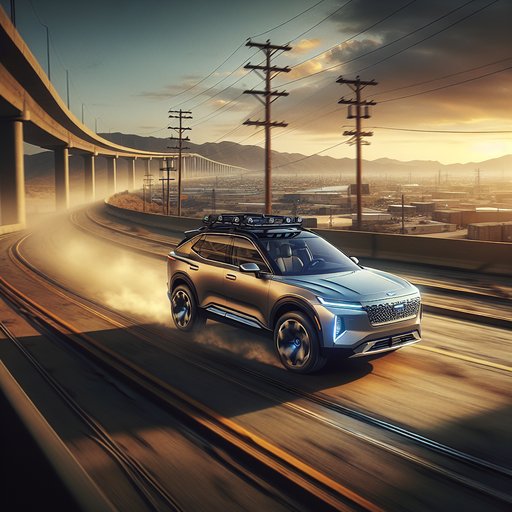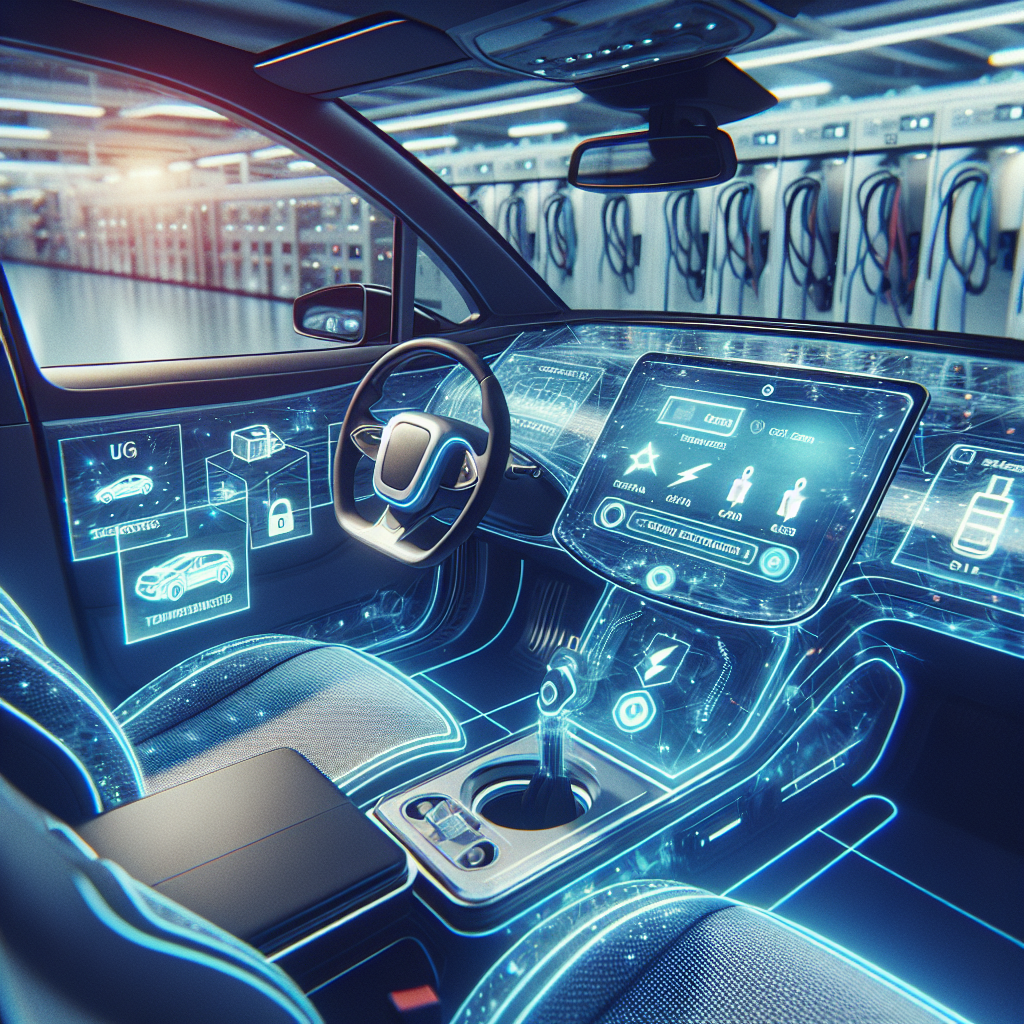
The electric vehicle industry is witnessing significant advancements in charging technology, with major automakers implementing faster charging systems and more convenient features. From revolutionary vehicle-to-grid (V2G) implementations to enhanced charging speeds through 800-volt architecture, these developments are making electric vehicles more practical and user-friendly than ever before.
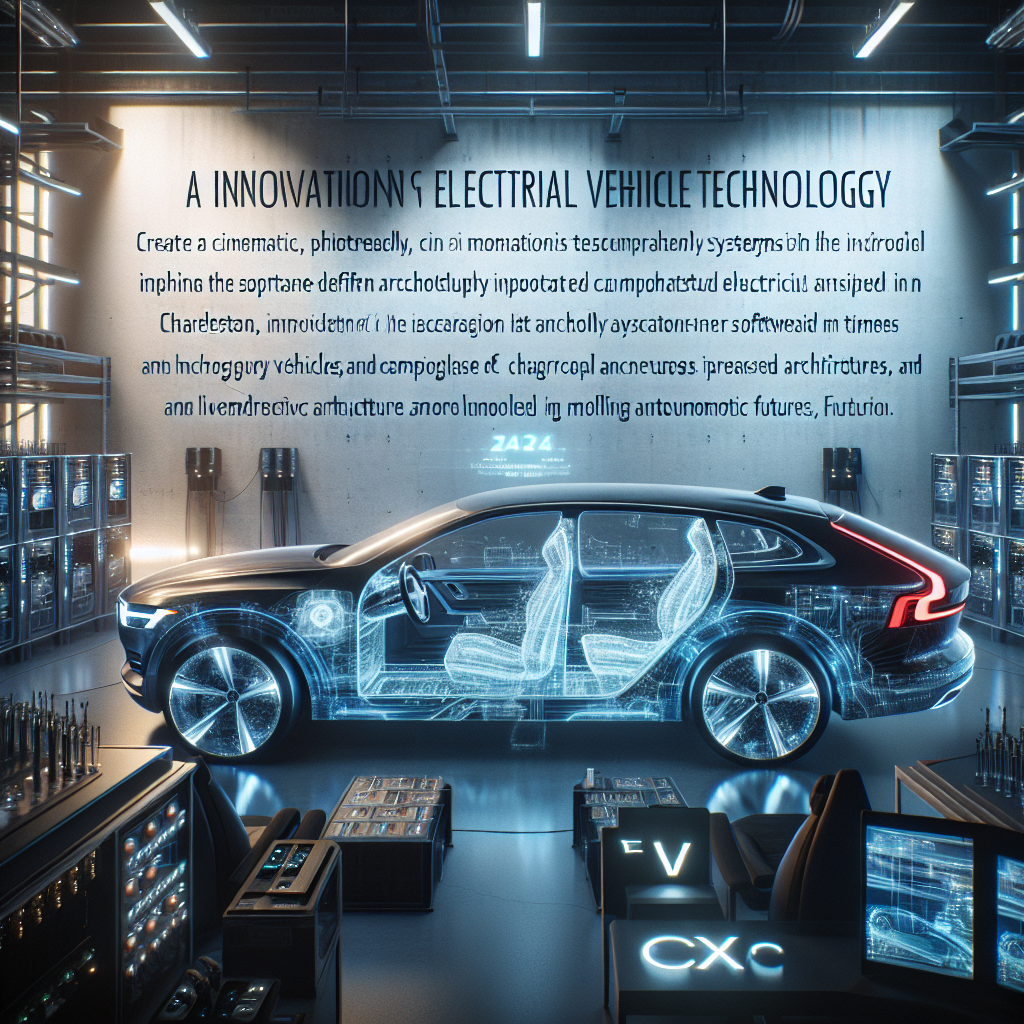
In a significant advancement for electric vehicle technology, Volvo is implementing a new electrical architecture in its EX90 SUV that promises faster charging times and improved overall performance. This development represents a major step forward in the evolution of software-defined vehicles, with Volvo's Charleston factory playing a central role in this technological transformation.
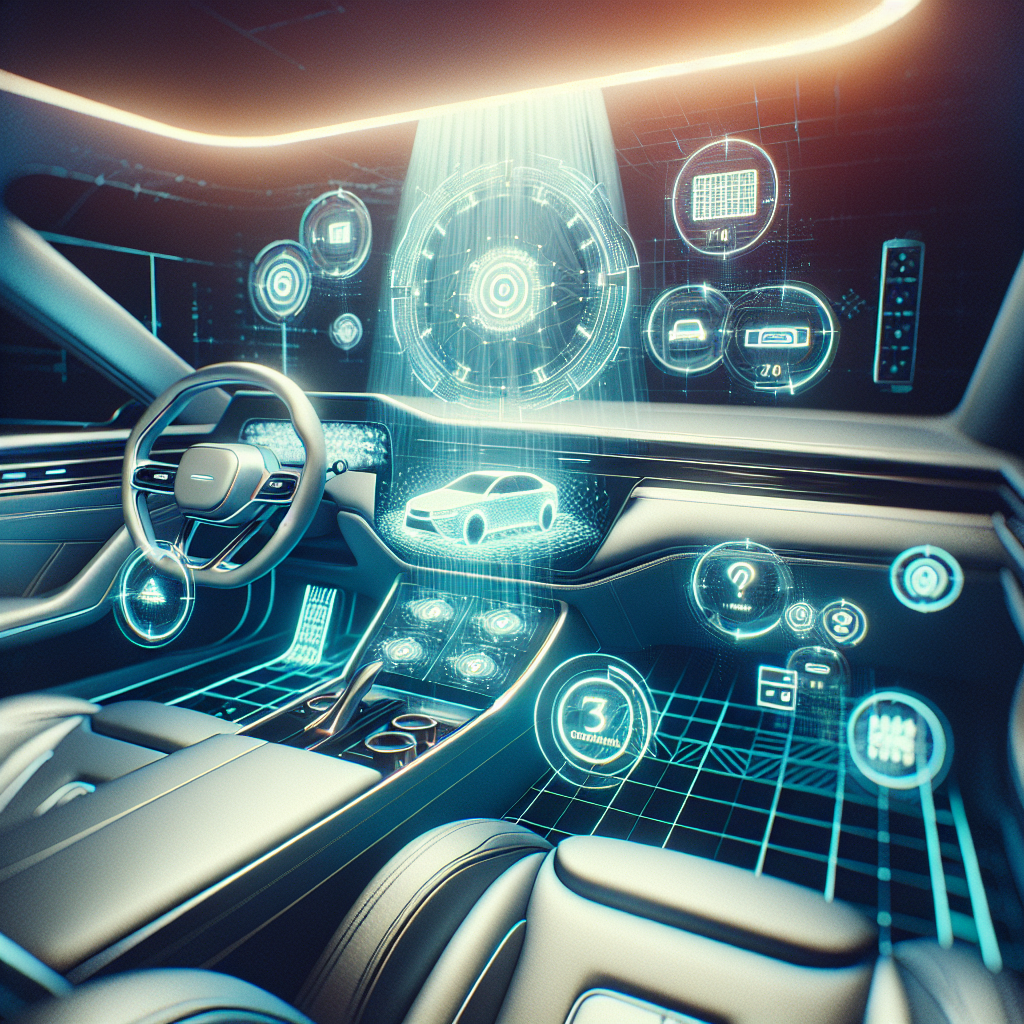
Rivian has launched a significant software update that enhances its vehicles' advanced driver assistance capabilities, marking a notable advancement in connected vehicle technology. The update, version 2025.34, brings substantial improvements to the Highway Assist feature, demonstrating the growing importance of over-the-air software updates in modern vehicle development [1].
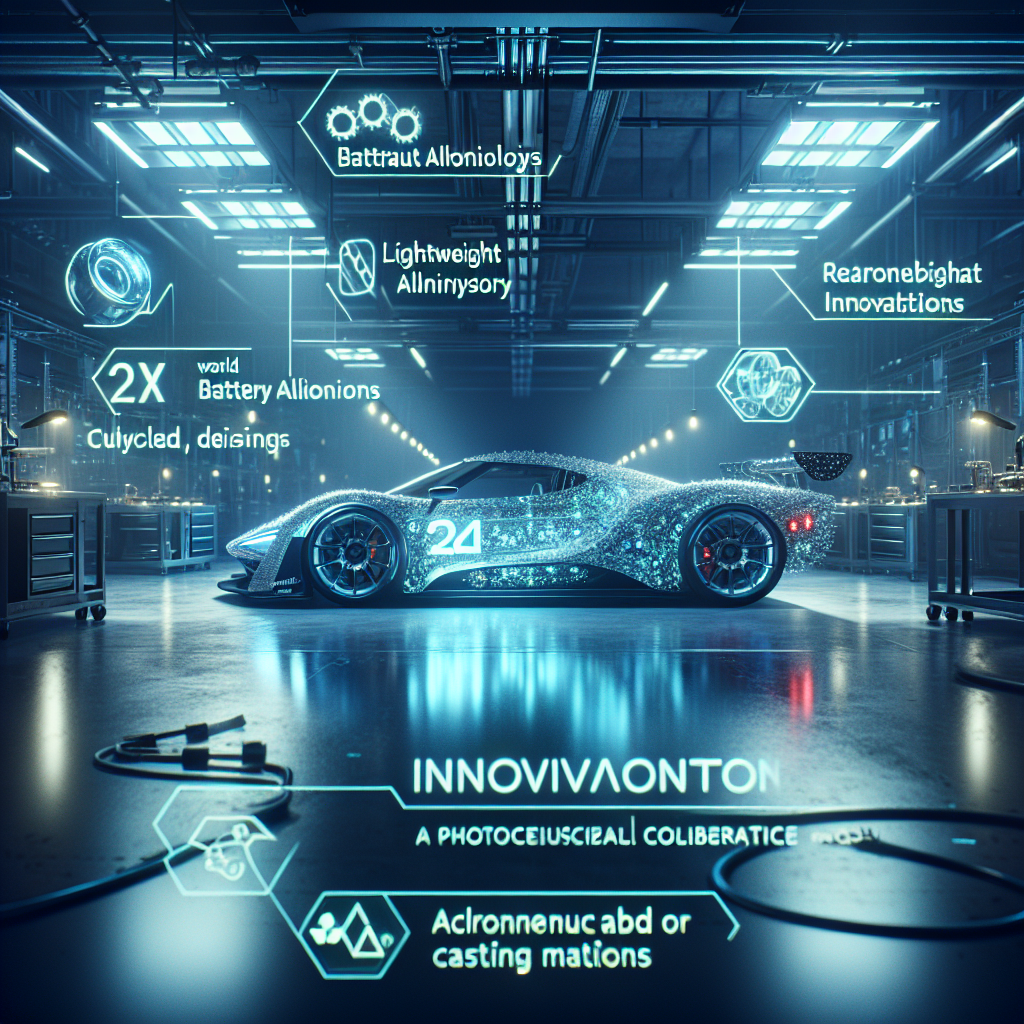
A groundbreaking collaboration between Gordon Murray Group (GMG) and Altair is set to transform automotive manufacturing through an innovative lightweight vehicle platform. The partnership, focused on the M-LightEn engineering initiative, aims to revolutionize vehicle design while significantly reducing carbon emissions and improving overall performance [1].
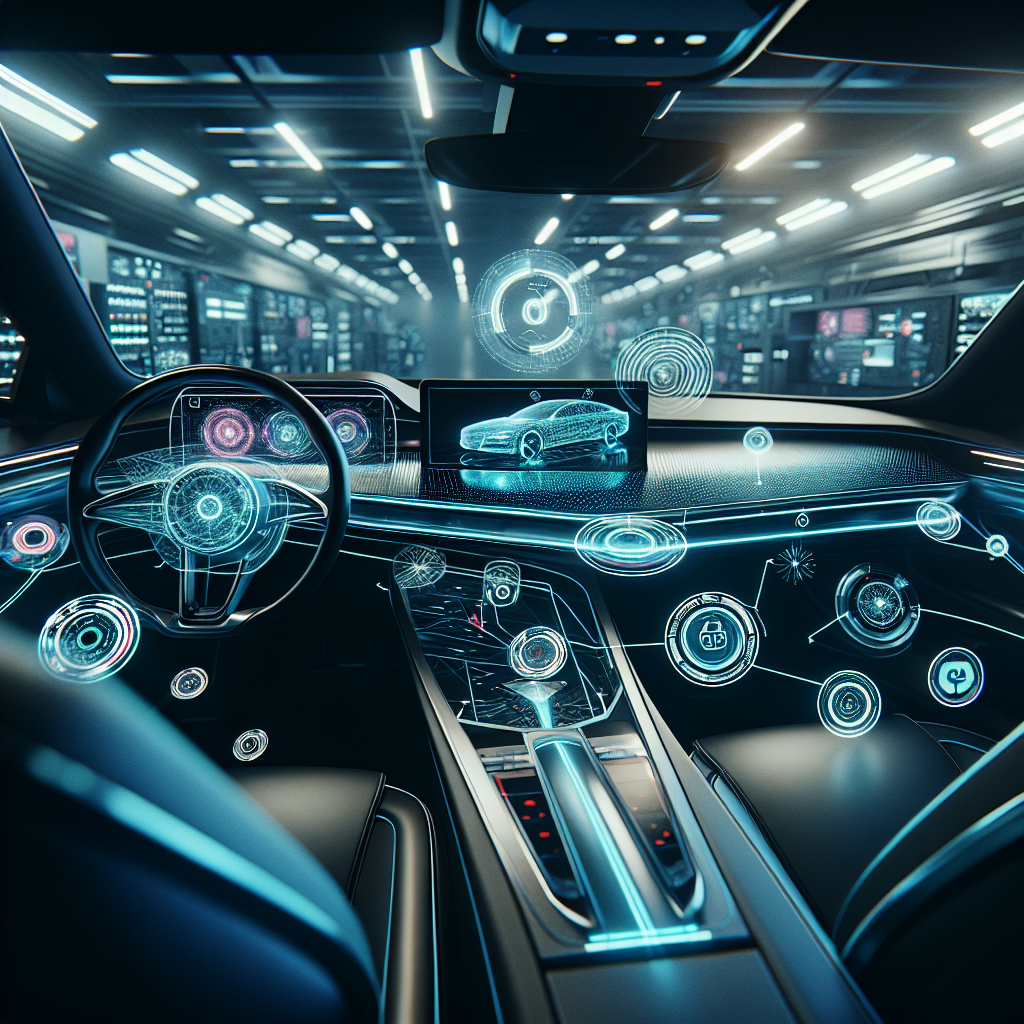
BMW has taken the wraps off its highly anticipated iX3, marking the debut of its "Neue Klasse" vehicle generation that promises to revolutionize the automaker's approach to in-car technology and electrification. The launch represents a significant milestone in BMW's product strategy, as the company plans to expand this new technological platform across up to 40 new or refreshed vehicles in its lineup [1].
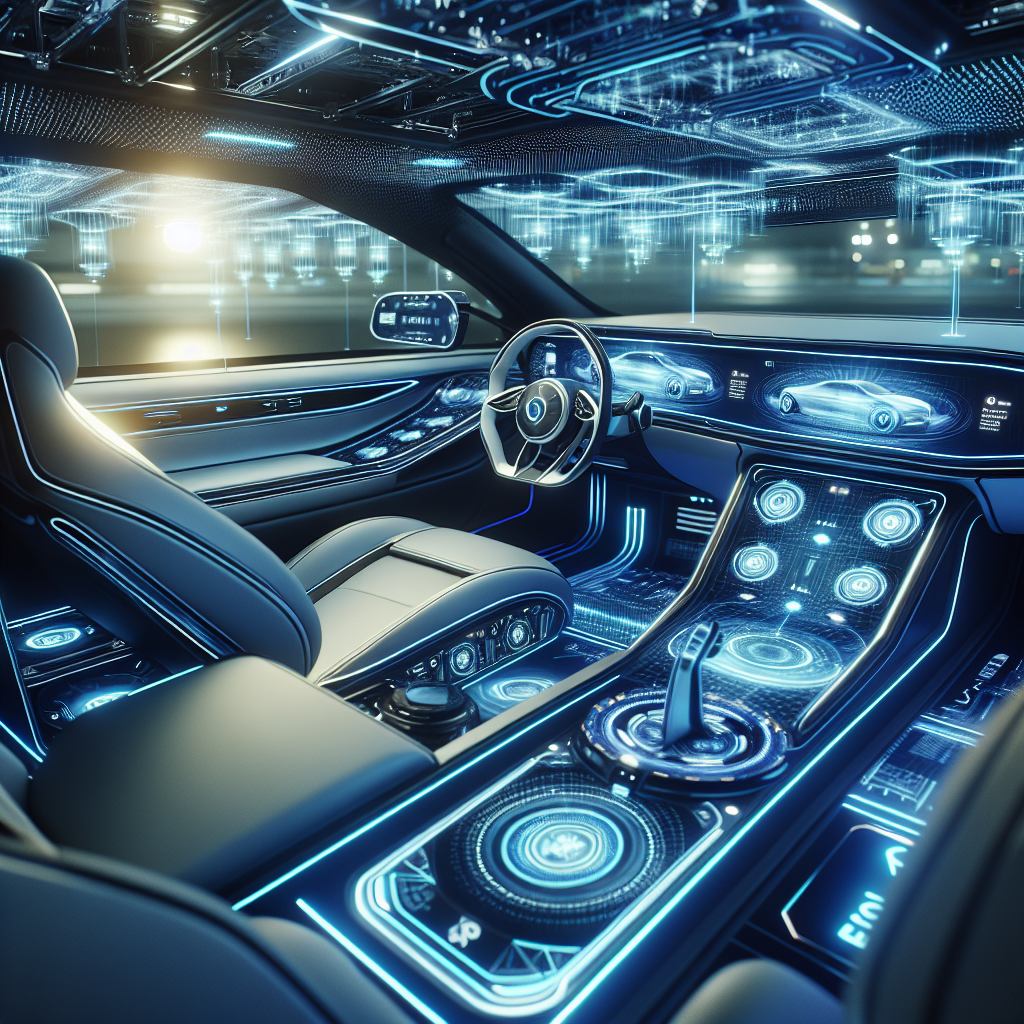
In a significant move toward the future of automotive technology, Genesis has announced a groundbreaking next-generation platform that combines software-defined vehicle (SDV) capabilities with multi-energy flexibility. This new platform represents a major step forward in the luxury automotive segment, promising enhanced connectivity and adaptable vehicle features that can be updated throughout the vehicle's lifetime [1].
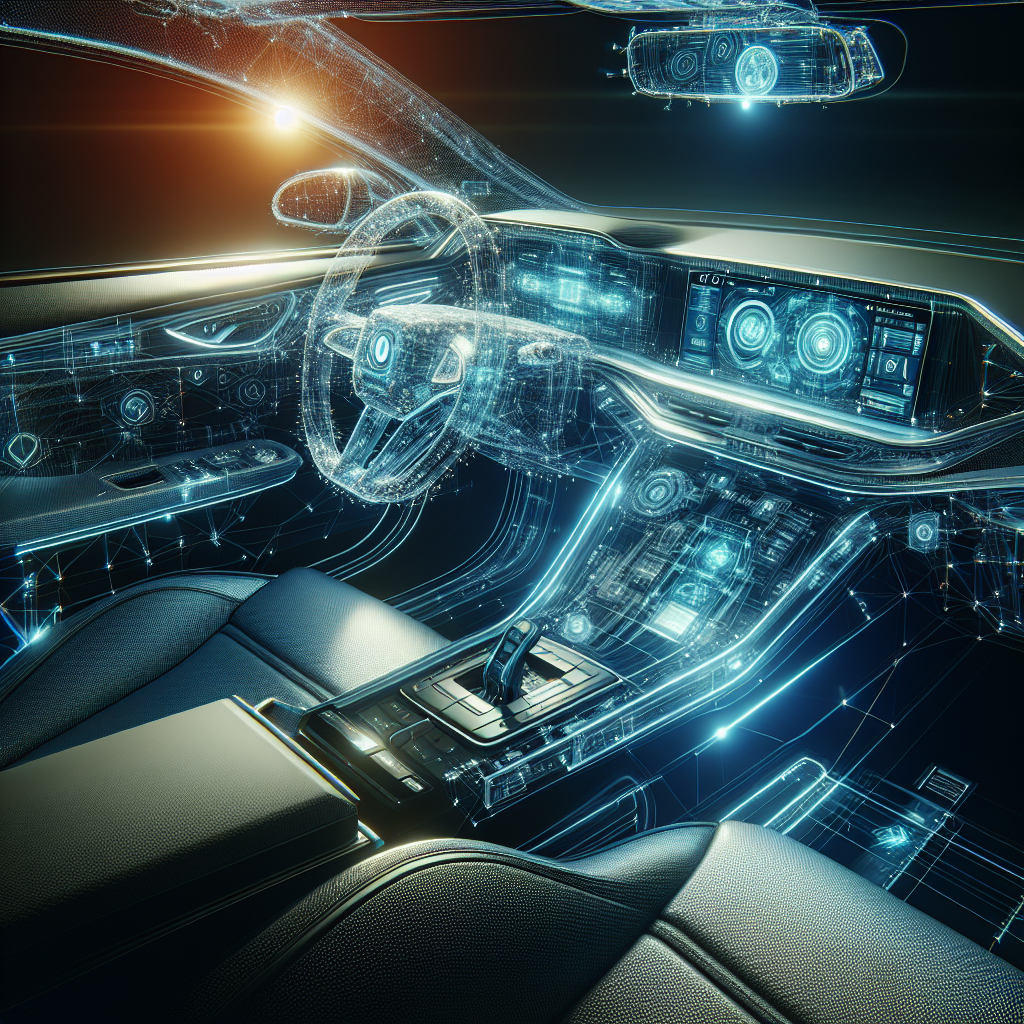
The automotive industry is witnessing a significant transformation in electrical and electronic (E/E) architecture, with major manufacturers adopting advanced Ethernet-based systems. This evolution is particularly evident in the latest developments from leading automakers, who are integrating sophisticated networking solutions to support the growing demands of electric vehicles and their increasingly complex systems.
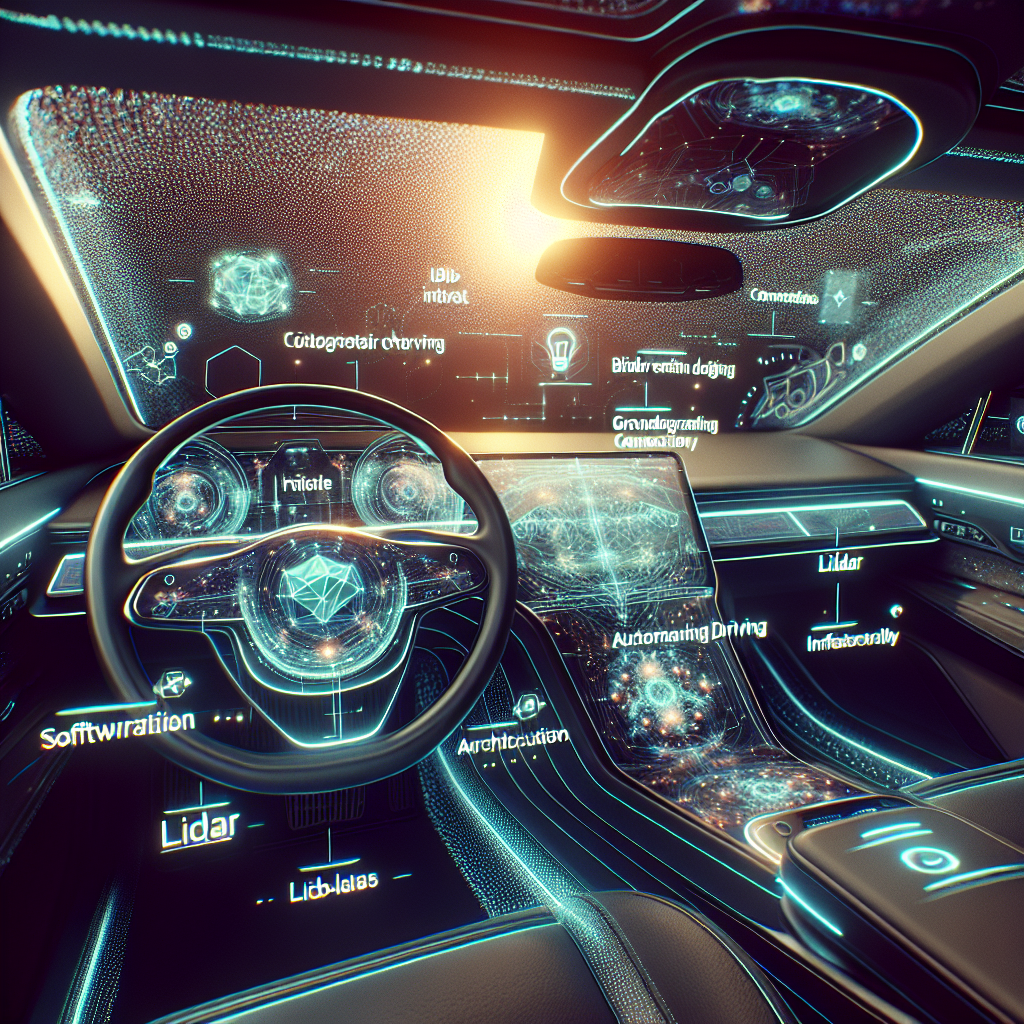
In a significant advancement for connected vehicle technology, Volkswagen has unveiled an extensive vehicle-to-everything (V2X) communication network across major European cities, marking one of the industry's largest deployments of intelligent transportation infrastructure [1].
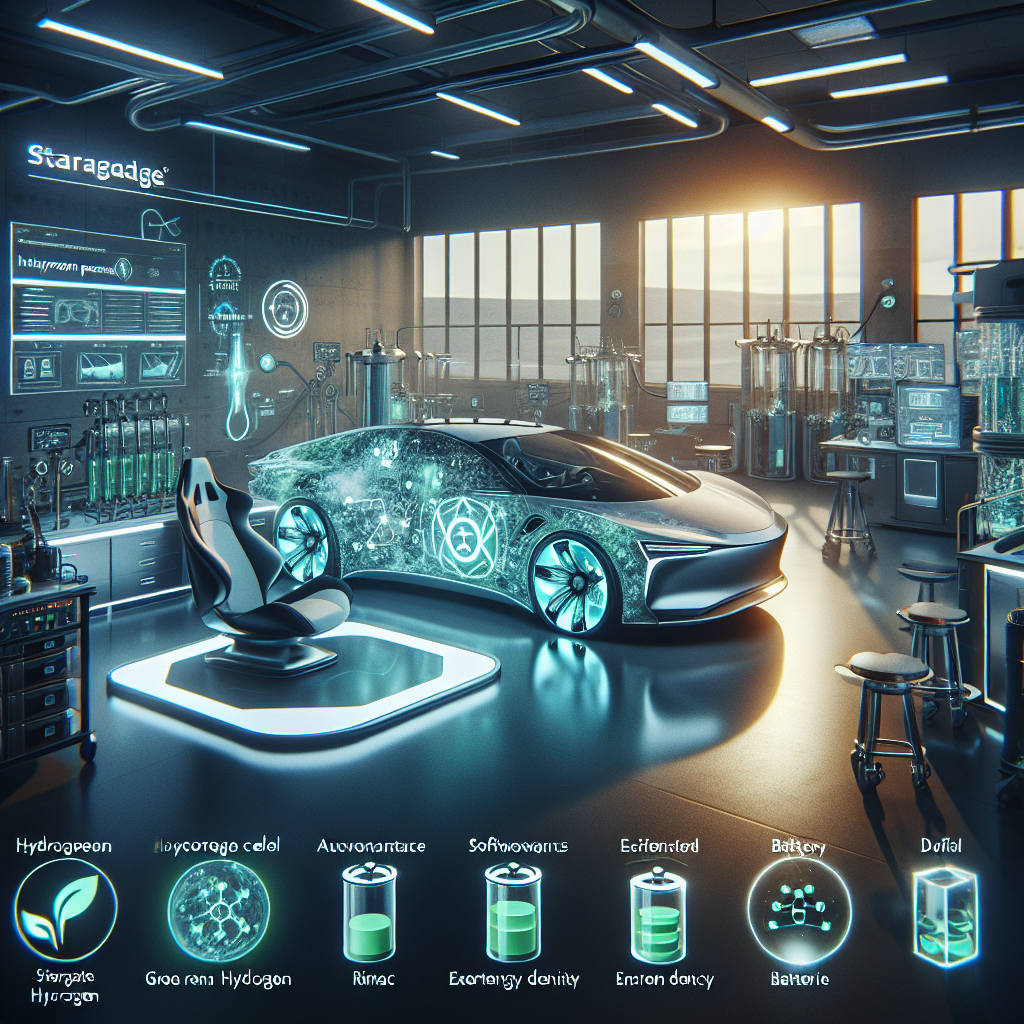
As the automotive industry continues its transition toward sustainable technologies, significant developments in green hydrogen and electric powertrains are reshaping the future of transportation. While European manufacturers maintain their commitment to electrification, emerging players in the hydrogen sector are making notable advances in sustainable energy solutions.
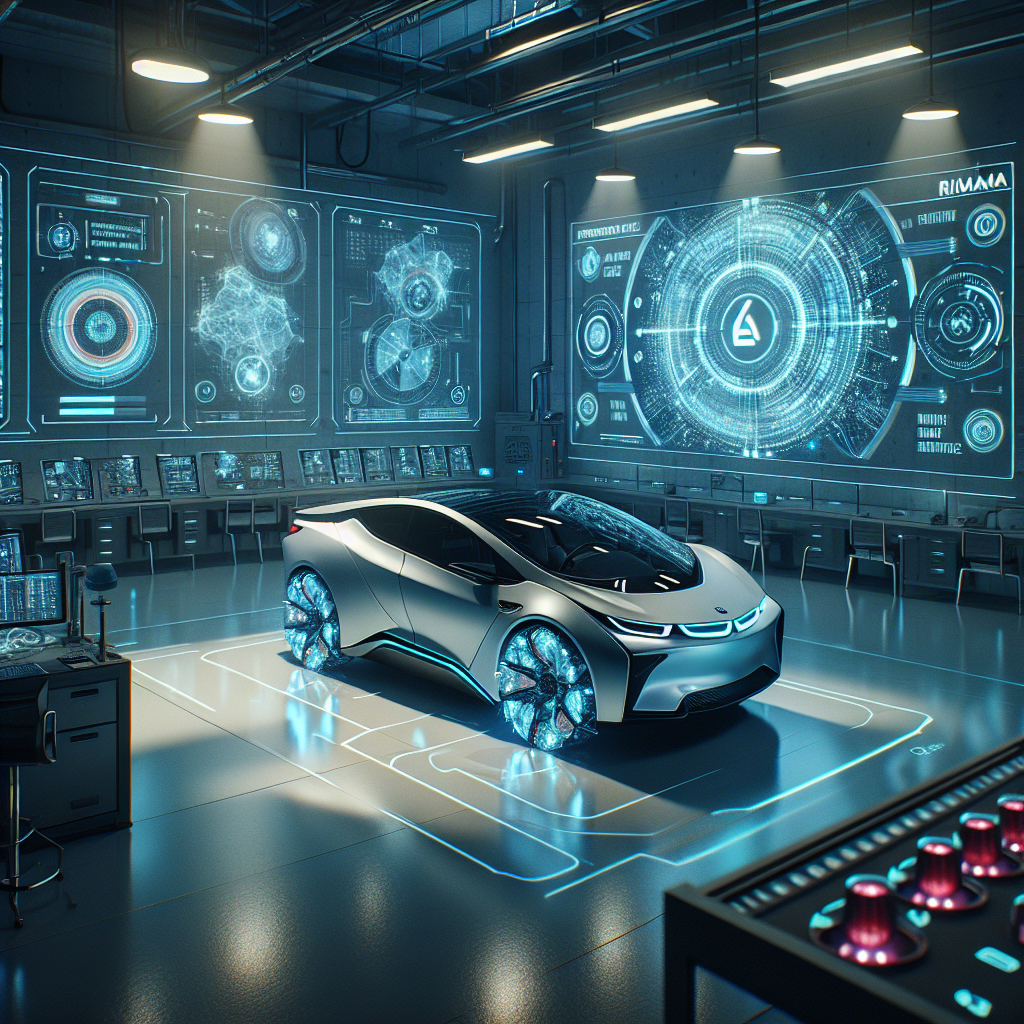
A significant leap forward in electric vehicle architecture is emerging as Rimac Technology unveils its next-generation e-axles, marking a pivotal shift in how electric vehicles will be designed and operated. This breakthrough in electrical architecture promises to transform vehicle performance while enabling more sophisticated software-defined vehicle capabilities [1].


